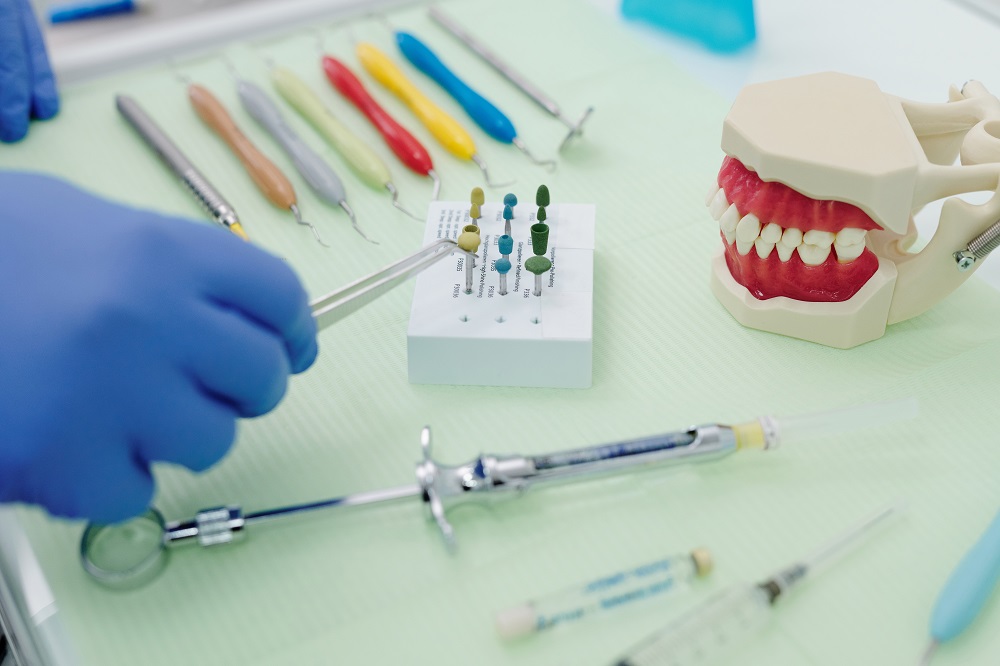
Braces are a common orthodontic treatment used to straighten misaligned teeth and improve dental and facial irregularities. While the cost of braces can vary depending on a number of factors, such as the type of braces used and the length of treatment, it’s important for patients in Georgia to have a general idea of what they can expect to pay for orthodontic treatment. In this article, we will explore the average cost of braces in Georgia.
The Cost of Braces in Georgia
According to data from the American Dental Association, the average cost of braces in the United States ranges from $3,000 to $7,500. However, this cost can vary significantly based on a number of factors, including the type of braces used, the length of treatment, and the location of the orthodontist.
In Georgia, the cost of braces can vary depending on where you live and the orthodontic practice you choose. However, according to recent data, the average cost of braces in Georgia ranges from $3,000 to $6,000.
Factors That Affect the Cost of Braces
As mentioned above, the cost of braces can vary based on a number of factors. Here are some of the most important factors that can affect the cost of braces:
- Type of Braces: There are several types of braces available, including traditional metal braces, ceramic braces, and clear aligners. The cost of each type of braces can vary significantly, with traditional metal braces generally being the least expensive option.
- Length of Treatment: The length of orthodontic treatment can also affect the cost of braces. Patients who require longer treatment may end up paying more than those who only need braces for a shorter period of time.
- Complexity of the Case: Some patients may require more complex orthodontic treatment to correct their dental and facial irregularities. These cases may require more frequent orthodontic visits and additional procedures, which can increase the overall cost of treatment.
- Geographic Location: The cost of braces can also vary depending on where you live. Orthodontic practices in more expensive areas may charge more for treatment than practices in less expensive areas.
Paying for Braces
While the cost of braces can be a concern for some patients, there are several options available for financing orthodontic treatment. Many orthodontic practices offer flexible payment plans and financing options that can help make treatment more affordable.
In addition, some dental insurance plans may cover a portion of the cost of orthodontic treatment. It’s important to check with your insurance provider to understand your coverage and any out-of-pocket costs you may be responsible for.
Finally, some patients may be eligible for financial assistance through programs like Medicaid or the Children’s Health Insurance Program (CHIP). These programs can help cover the cost of braces for eligible children and teenagers.
Conclusion
The cost of braces in Georgia can vary depending on a number of factors, including the type of braces used, the length of treatment, and the complexity of the case. However, with the availability of flexible payment plans, insurance coverage, and financial assistance programs, many patients are able to afford orthodontic treatment. If you’re considering braces, it’s important to speak with your orthodontist about your options for financing and payment to help make treatment more affordable.

